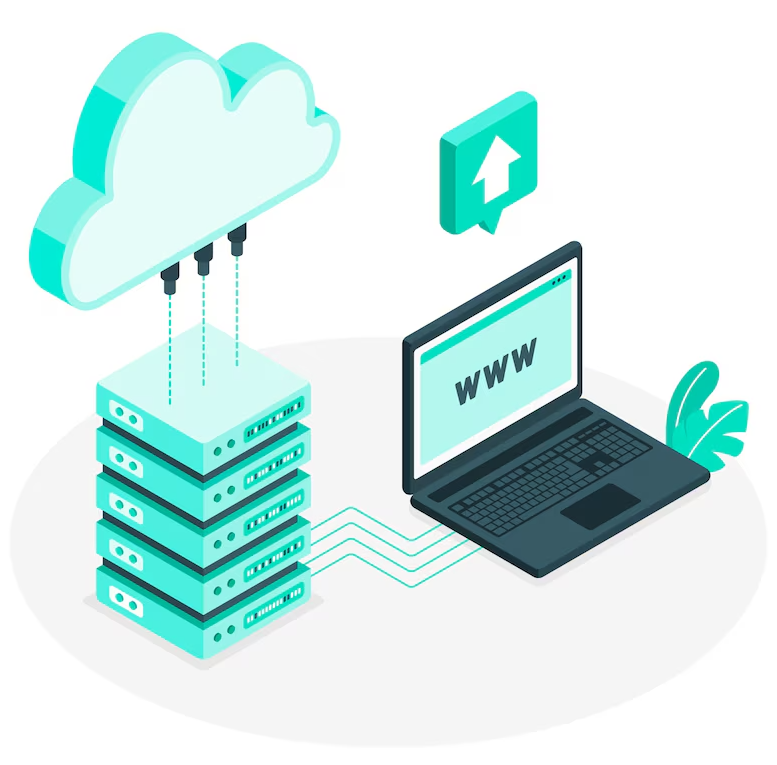In today’s rapidly evolving digital landscape, Software as a Service (SaaS) has become a dominant model for delivering software solutions. The SaaS product development lifecycle is critical for startups and established companies alike, focusing on creating, testing, and deploying software applications in a cloud environment. Cloud technologies have significantly transformed this lifecycle, enhancing efficiency, scalability, and collaboration. In this article, we will explore the impact of cloud technologies on the SaaS product development lifecycle, covering various stages such as planning, development, deployment, and maintenance.
Understanding the SaaS Product Development Lifecycle
The saas product lifecycle typically consists of several key phases:
- Ideation and Planning: This initial phase involves brainstorming ideas and determining the feasibility of a new SaaS application. Market research, competitor analysis, and customer feedback play essential roles in shaping the product vision.
- Design: After refining the product idea, designers create wireframes and prototypes. This stage focuses on user experience (UX) and user interface (UI) design, ensuring that the application meets users’ needs.
- Development: This phase encompasses the actual coding and implementation of the application. Developers build the backend and frontend components, integrating necessary features and functionalities.
- Testing: Rigorous testing is conducted to identify and resolve bugs or issues. Quality assurance (QA) teams perform various testing types, including unit, integration, and user acceptance testing (UAT).
- Deployment: Once the application passes testing, it is deployed to the production environment. This stage involves making the application available to users and ensuring that the infrastructure can support expected traffic.
- Maintenance and Updates: Post-deployment, continuous monitoring and maintenance are essential for keeping the application running smoothly. Regular updates based on user feedback and changing market conditions help ensure the product remains relevant.
How Cloud Technologies Influence the SaaS Product Development Lifecycle
Cloud technologies have a profound impact on each phase of the agile saas, product development lifecycle. Here are some key ways they influence the process:
1. Enhanced Collaboration and Communication
Cloud-based tools facilitate better collaboration among team members, regardless of their physical location. Project management tools like Trello, Asana, or Jira enable seamless tracking of tasks and progress, while communication platforms like Slack or Microsoft Teams allow real-time discussions. This level of collaboration is particularly vital in the agile development approach, where teams iterate quickly and adapt to changes based on user feedback.
2. Scalability and Flexibility
One of the most significant advantages of cloud technologies is the ability to scale resources up or down based on demand. SaaS companies can quickly adapt their infrastructure to accommodate changes in user traffic or application requirements without significant upfront investments in hardware. This scalability is crucial during the development phase when teams may need to rapidly adjust resources for testing or deployment.
3. Accelerated Development Cycles
Cloud solutions for devops streamline the development process by providing developers with pre-built components and services, such as APIs, database management systems, and cloud storage. This allows for faster prototyping and reduces the time to market. Development teams can focus on building unique features rather than reinventing the wheel, ultimately speeding up the entire product development lifecycle.
4. Cost Efficiency
Traditional software development often requires significant upfront investments in hardware and infrastructure. In contrast, cloud technologies operate on a pay-as-you-go model, allowing SaaS companies to manage costs more effectively. This financial flexibility enables startups to allocate resources to critical areas such as marketing and customer acquisition while maintaining the necessary infrastructure for development.
5. Improved Testing and Quality Assurance
Cloud environments facilitate automated testing, which is essential for maintaining software quality. Continuous integration and continuous deployment (CI/CD) pipelines allow developers to automatically run tests and deploy updates quickly. This automation helps identify issues early in the development cycle, reducing the time and effort required for manual testing. As a result, teams can deliver a more polished and reliable product to users.
Read More: Transforming Finance: The Role of Artificial Intelligence in Fintech Innovations
6. Seamless Deployment and Updates
Cloud technologies simplify the deployment process. With services like cloud hosting and containerization (e.g., Docker), developers can quickly deploy applications without worrying about hardware compatibility or configuration issues. Moreover, cloud-based applications can be updated in real time, ensuring users always have access to the latest features and improvements without needing to download new versions.
7. Enhanced Security and Compliance
Cloud service providers invest heavily in security measures and compliance standards. This allows SaaS companies to leverage robust security features without needing to develop them in-house. Cloud providers often offer built-in encryption, authentication, and monitoring tools, enabling SaaS companies to focus on their core competencies while ensuring data security.
8. Continuous Learning and Improvement
The integration of cloud technologies fosters a culture of continuous improvement. Analytics tools embedded within cloud platforms enable SaaS companies to gather user feedback and performance metrics easily. By analyzing this data, companies can make informed decisions about feature enhancements and bug fixes, ultimately leading to a better user experience.
Conclusion
The impact of cloud technologies on the SaaS product development lifecycle cannot be overstated. From enhanced collaboration and cost efficiency to improved security and continuous improvement, cloud solutions have transformed how SaaS companies design, develop, and deploy their applications. As businesses increasingly recognize the benefits of cloud-based solutions, the future of SaaS development will likely be characterized by innovation, agility, and responsiveness to customer needs. Embracing cloud technologies is no longer just an option; it has become essential for success in the competitive landscape of SaaS products. Companies that leverage these technologies effectively will be better positioned to thrive in the ever-evolving digital world.





